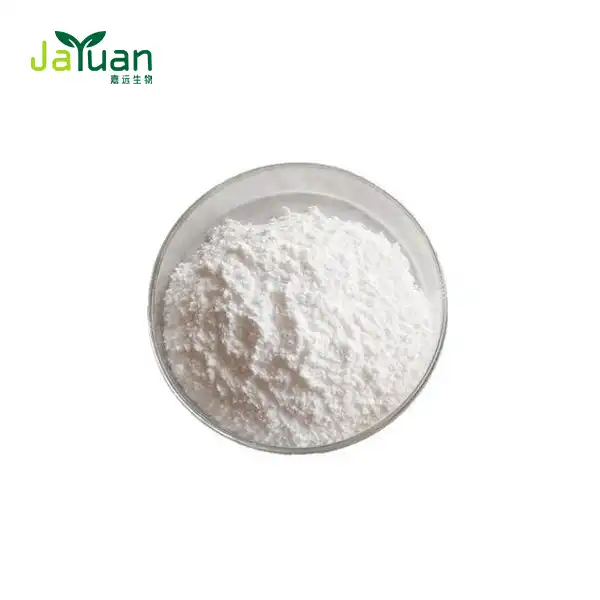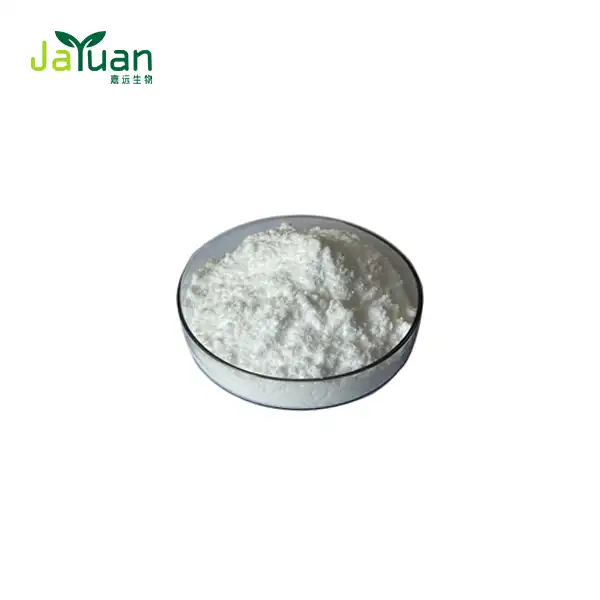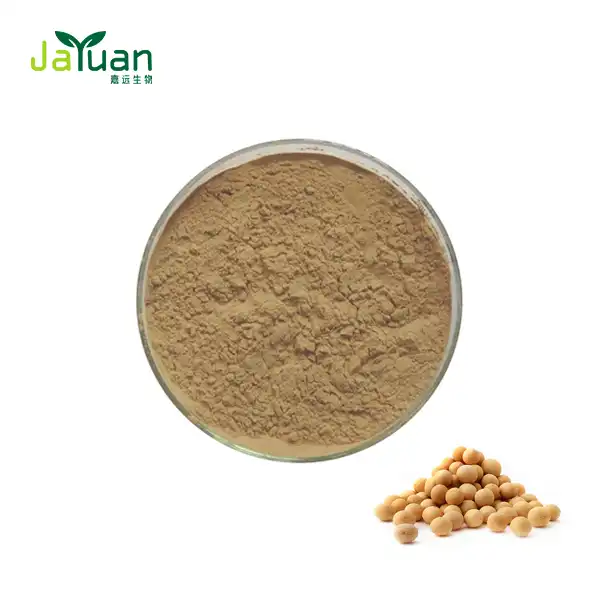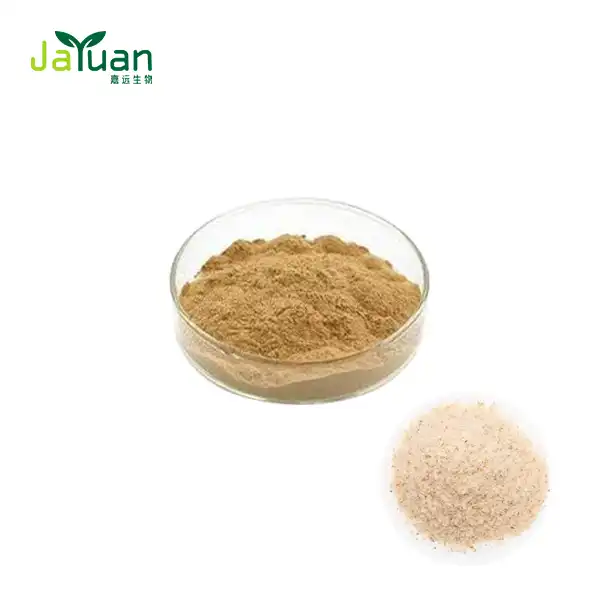Is beta carotene or xanthophyll more polar?
With regards to establish colors, Beta-Carotene Powder and xanthophyll are two that frequently come up in conversations about sustenance and wellbeing. Both have a place with the carotenoid family, however they have particular qualities that put them aside. One key contrast lies in their extremity, which influences how they communicate with different particles and how our bodies cycle them. In this article, we'll investigate the extremity of beta carotene and xanthophyll, and dive into the ramifications of their underlying contrasts.

Understanding Beta Carotene and Xanthophyll
Beta carotene and xanthophylls are two unmistakable sorts of carotenoids, shades tracked down in various products of the soil. Both assume critical parts in human wellbeing, however they contrast in their substance designs and works.
- Beta Carotene: Beta-Carotene Powder is quite possibly of the most notable carotenoid, generally because of its job as a forerunner to vitamin A. Synthetically, beta carotene is a tetraterpene, meaning it comprises of a long chain of carbon iotas organized in a particular example. This design permits it to be changed over into vitamin An in the body, which is critical for keeping up with solid vision, supporting safe capability, and advancing skin wellbeing. As a strong cell reinforcement, beta carotene likewise safeguards cells from oxidative harm brought about by free extremists, possibly decreasing the gamble of constant sicknesses like coronary illness and disease.
- Xanthophylls: Xanthophylls are a gathering of carotenoids that contain oxygen and are liable for the yellow and orange shades in different plants. Dissimilar to beta carotene, xanthophylls can't be changed over into vitamin A yet have their own one of a kind medical advantages. Two notable xanthophylls are lutein and zeaxanthin, which are especially significant for eye wellbeing. These shades are tracked down in high focuses in the retina, where they assist with separating unsafe blue light and safeguard against oxidative pressure. This defensive job is related with a lower hazard old enough related macular degeneration (AMD) and waterfalls.
- Chemical Differences: While beta carotene powder is a hydrocarbon with no oxygen particles, xanthophylls are oxygenated carotenoids. This distinction in synthetic design impacts their dissolvability and natural movement. Xanthophylls are more solvent in fats contrasted with beta carotene, which can influence their assimilation and appropriation in the body.
- Health Benefits: Both beta carotene and xanthophylls add to wellbeing through their cell reinforcement properties. Beta carotene's transformation to vitamin A backings vision, invulnerable capability, and skin wellbeing. Xanthophylls, then again, principally support eye wellbeing by safeguarding the retina and decreasing the gamble of eye sicknesses. Integrating an assortment of carotenoid-rich food varieties into your eating routine guarantees an extensive admission of these helpful mixtures.
- Dietary Sources: Beta carotene is richly found in orange and yellow vegetables like carrots, yams, and pumpkins. Xanthophylls are available in green verdant vegetables, corn, and egg yolks. Consuming a different cluster of vivid products of the soil is the most effective way to get both beta carotene and xanthophylls, in this way boosting their medical advantages.
Comparing the Polarity of Beta Carotene and Xanthophyll
Now, let's address the main question: Is beta carotene or xanthophyll more polar? The answer lies in their chemical structures.
Beta carotene is a hydrocarbon molecule, meaning it's composed entirely of carbon and hydrogen atoms. This structure makes beta carotene non-polar, or hydrophobic (water-fearing). As a result, Beta-Carotene Powder doesn't dissolve well in water but is soluble in fats and oils.
Xanthophyll, in contrast, contains oxygen atoms in addition to carbon and hydrogen. These oxygen atoms form hydroxyl groups (-OH), which introduce polar regions into the molecule. This makes xanthophylls more polar than pure beta carotene powder and slightly more soluble in water, though they're still considered relatively hydrophobic.

Implications of Polarity Differences
The polarity difference between beta carotene and xanthophyll has several implications:
- Absorption: The more polar nature of xanthophyll makes it slightly easier for our bodies to absorb compared to beta carotene. However, both still require dietary fat for optimal absorption.
- Distribution in the body: Beta carotene, being less polar, tends to accumulate more in fatty tissues. Xanthophylls, on the other hand, are more likely to be found in tissues with polar environments, such as the retina of the eye.
- Antioxidant activity: The polarity of these compounds can affect their antioxidant capabilities in different cellular environments. Beta carotene may be more effective in lipid-rich areas, while xanthophylls might perform better in slightly more polar regions.
- Supplement formulation: When creating supplements like beta carotene powder, manufacturers must consider the compound's polarity. Beta carotene's non-polar nature means it's often formulated with oils or other lipid-based carriers to improve absorption.
Understanding these distinctions can help in advancing the utilization of beta carotene and xanthophyll in different applications, from dietary enhancements to food fortress.
It's quite significant that while unadulterated pure beta carotene powder supplements are well known, getting these supplements from a shifted diet wealthy in products of the soil is by and large suggested. Both beta carotene and xanthophylls assume significant parts in keeping up with wellbeing, and a reasonable admission of both can add to in general prosperity.
Taking everything into account, albeit beta carotene and xanthophyll are the two carotenoids, their synthetic designs make it so they have various polarities. Since xanthophyll is more polar than beta carotene, these mixtures' communications with our bodies and potential medical advantages are impacted. Understanding the distinctions between mass bulk beta carotene powder enhancements and dietary sources can help you in settling on informed nourishing choices.
Go ahead and reach out to our group of specialists at Xi'an Jiayuan Bio-Tech for more data about Beta-Carotene Powder and other plant extricates. We are focused on giving results of top notch and custom details to meet your prerequisites.To learn more about our products and how we can help you achieve your nutrition and health goals, please get in touch with us at sales@jayuanbio.com.
References
1. Britton, G. (1995). Structure and properties of carotenoids in relation to function. The FASEB Journal, 9(15), 1551-1558.
2. Krinsky, N. I., Landrum, J. T., & Bone, R. A. (2003). Biologic mechanisms of the protective role of lutein and zeaxanthin in the eye. Annual Review of Nutrition, 23(1), 171-201.
3. Yeum, K. J., & Russell, R. M. (2002). Carotenoid bioavailability and bioconversion. Annual Review of Nutrition, 22(1), 483-504.
4. Reboul, E. (2013). Absorption of vitamin A and carotenoids by the enterocyte: focus on transport proteins. Nutrients, 5(9), 3563-3581.
5. Stahl, W., & Sies, H. (2003). Antioxidant activity of carotenoids. Molecular Aspects of Medicine, 24(6), 345-351.







